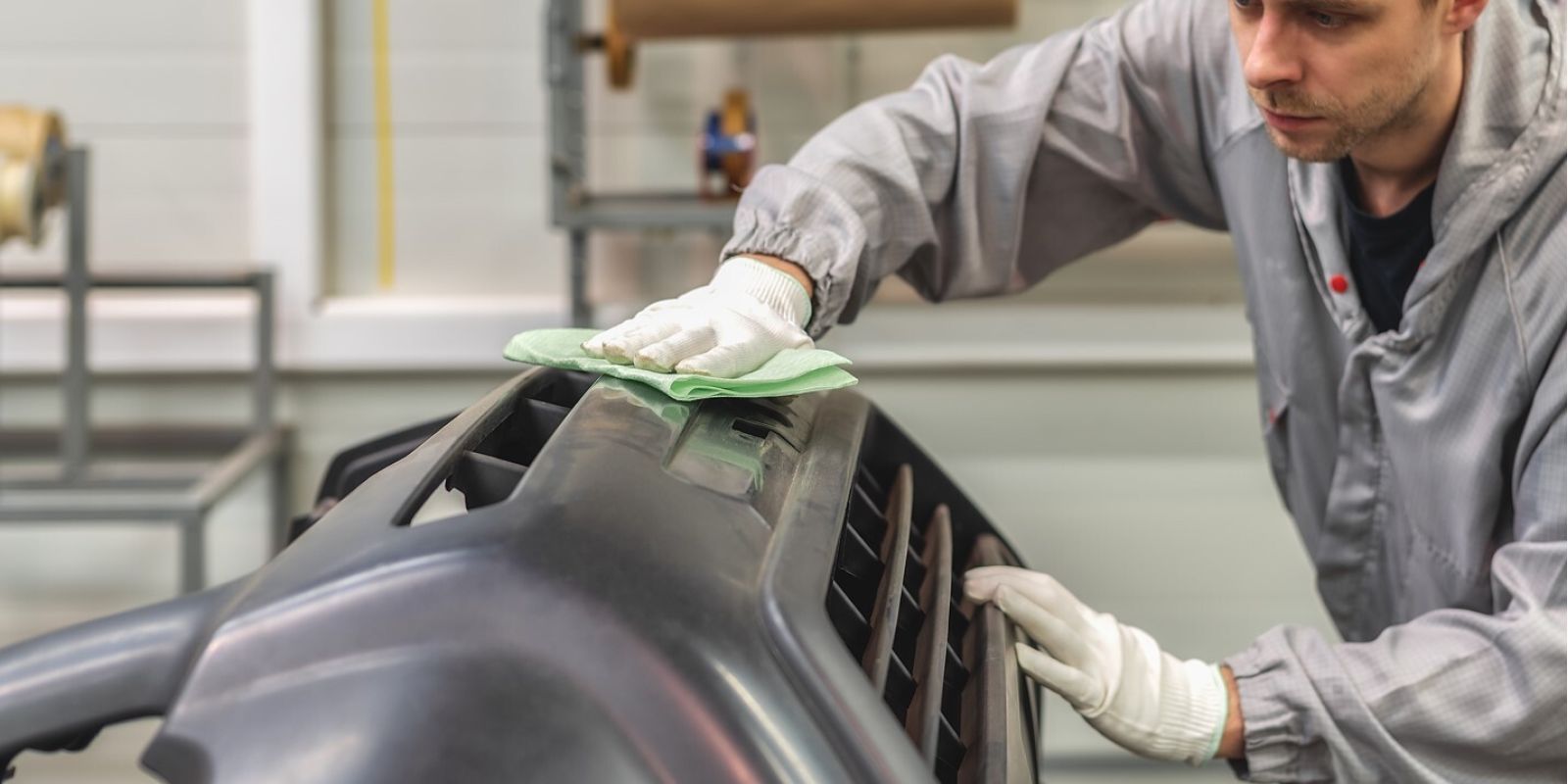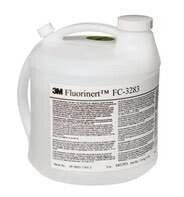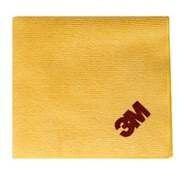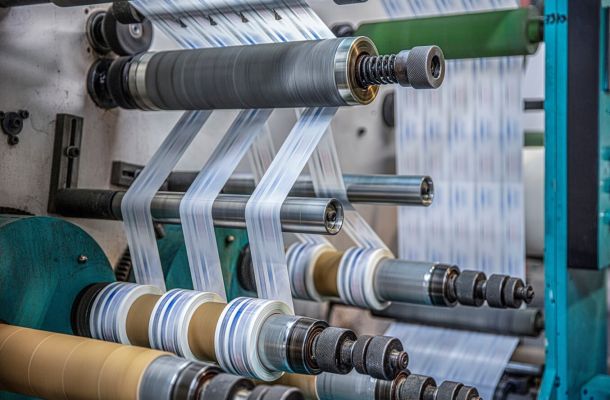Using a tack pad: professional dust removal


A tack pad is a kind of dusting cloth that can be used to clean surfaces perfectly. Due to the unique properties of the material, it removes not only larger bits of dirt but also smaller ones. It is easy to use and can be used anywhere, anytime. Let's see what you need to know about it!
Traditional dusting cloths are suitable for removing dust from the surface of tools and materials during dusting. There are different types of dust wipes, some wet, some dry, some microfibres and so on. They are excellent tools for simple cleaning, where the aim is to minimise the amount of dust. However, if the aim is to remove all the dust, then a tack pad is the best choice. Let's see why and how easy it is to use a tack pad!
What is a tack pad?
Tack pads are made of a special non-woven fibre structure, which makes even the smallest dust particles stick. This is particularly important in situations where even minimal dirt can cause problems, such as painting, filming, and varnishing. If the dust removal is not perfect, the coating will peel off over time and will not be durable.
The advantage of the pad’s dust-binding properties is due to the structure of the material and the impregnating agent, which is wax-free, completely silicone and never dries out. It can do what a simple dust cloth cannot. If you wipe the surface with a traditional dust cloth, some of the dust particles will fall back after wiping, so the cleaning can never be 100%. However, the tack pad is coated with a sticky substance, which prevents the dirt from being carried back to the surface.
The biggest advantage of the tack pad is that it ensures perfect dust-free cleaning. It does all this without leaving any adhesive, smudge marks or other traces before painting or varnishing.
It is mostly used in industrial and laboratory environments, in situations where total cleanliness is essential. There are both conventional and wet versions.
Use of a tack pad
The use of a tack pad is very easy and simple. All you need to do is unfold the material and gently wipe the surface. It is important not to press the cloth on the surface, as this may leave traces of the wipe.
It is very practical to store the cloth in wall containers. They can be used to store both new, unused tissues and those that have been used but are not yet ready to be thrown away. You don't have to throw them away after a single use, they can be used several times and will still be dry and soft.
What materials can it be used on?
This type of dust wipe is universally applicable. It perfectly removes dust, lint, and dirt particles from the surface of the material, as well as residues left after sanding. It can be used on metal and plastic surfaces and where there is glass fibre in the material.
Have a look at the Flanker website where you will find everything you need for your industrial activities. With 20 years of experience, our company offers professional solutions for the packaging, printing, paper, automotive and electronics industries! Go to the web catalogue.
More articles
Flanker Plusz Kft.
Contact Details
Boti Street, 100.






























